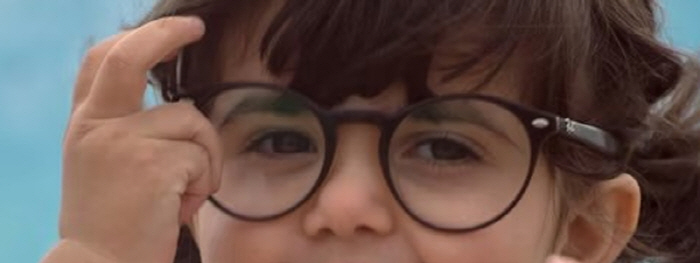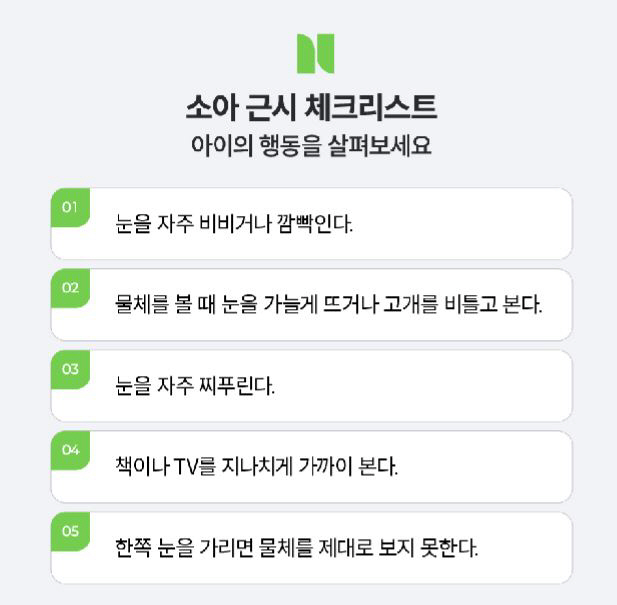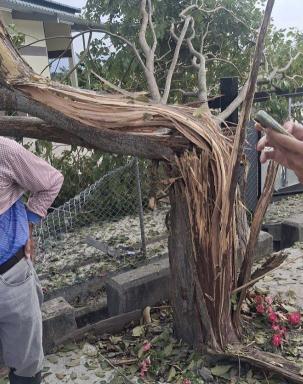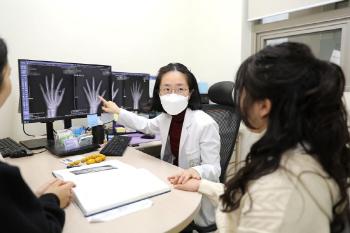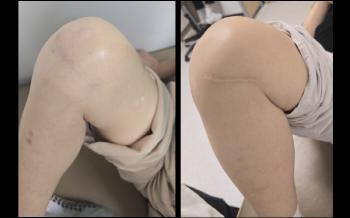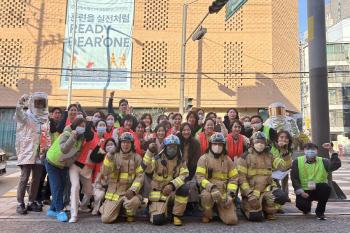Children's myopia, the faster they grow...If left unattended, there is a possibility of serious eye disease
|
◇ Speed of progress in children's myopia, faster in the growing season
Myopia is a refraction abnormality in which the light entering the eye focuses in front of the retina, and it is a symptom in which the distant place is blurred. In particular, in the case of children, the length of the eyeball (armostasis) increases with growth and myopia tends to progress rapidly. In fact, according to statistics from the 2024 Student Health Examination Sample, the prevalence of nearsightedness in 8-year-olds is 31%, 11-year-olds are 53%, and 17-year-olds are 75%. From the lower grades of elementary school to high school students, the incidence and speed of myopia are increasing year by year.
In the early stages of myopia, it may be difficult for parents to notice because the child is not well aware of it and it is difficult to express it. If you show symptoms like the one shown in the picture, you may already have lost a lot of sight, so you should get a thorough eye examination right away at an ophthalmologist.
◇ The key is 'myopia suppression therapy' rather than glasses...If left unattended, there is a possibility of serious eye disease
Many parents only put glasses on a child when his or her eyes deteriorate. Ophthalmologists point out that nearsightedness should not be regarded simply as a 'problem that can be corrected with glasses'. This is because general glasses only relieve visual discomfort caused by myopia and cannot prevent myopia from progressing. Regular eye examinations are essential from the period of infants and toddlers, and in the growing season, it is necessary to steadily check and manage the occurrence and progression of myopia with one to two checkups a year.
If myopia is suspected, it is recommended to apply treatments such as dream lenses, microsite disposable lenses, and myopia suppression eye drops (low concentration atropine) early if necessary after detailed examinations such as basic vision, eye length, refractive power, and corneal topography in ophthalmology. Neglecting myopia during growth can lead to serious eye diseases. If myopia progresses from high to high myopia, vision correction may not be possible in adulthood, and complications of serious diseases with a high risk of blindness such as retinal detachment, glaucoma, and macular degeneration may occur.
Song Won-seok, director of the Dream Center at Nune Ophthalmology Hospital in Seoul, said, "Myopia should be viewed as a disease that requires lifelong management, not just a refraction." "We cannot completely eliminate myopia so far, but we should avoid the cause of myopia as much as possible during the eye growth period and prevent it from progressing to high myopia through myopia suppression treatment." he advised.
|
This article was translated by Naver AI translator.
